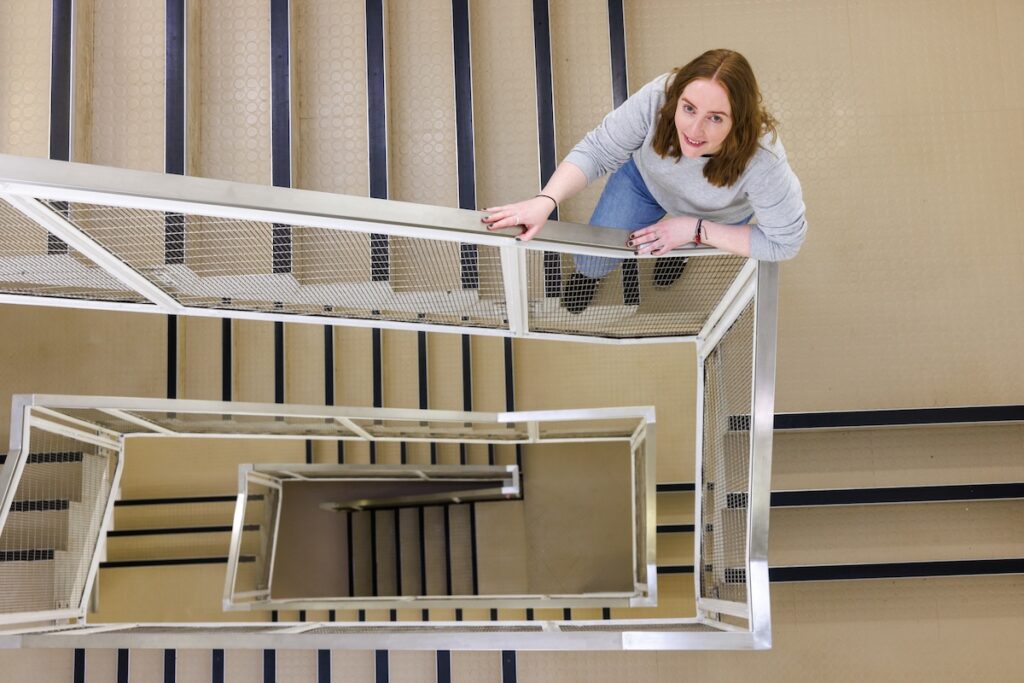Analysis of the annual exam results for computing science in Scotland have shown entries were up this year for Highers but slightly down for Nat 5 qualifications.
However, there was good news for female entries and pass rates for both Highers and Nat 5s – maintaining a general rise in entries and comparative attainment advantage over boys compared to last year.
According to the SQA figures released this week, across Scotland there were 3,745 entrants for Higher level computing science in 2024, compared to 3,560 for 2023, or a 5.19 per cent rise.
For Nat 5s, there were 6,745 entrants for the subject this year, compared to 6,795 last year, a slight fall of 0.73 per cent.
There were 5,315 A-C grades awarded at Nat 5 level this year, compared to 5,350 in 2023 – but the overall pass rate was 78.8 per cent this year versus 78.7 per cent in 2023.
For Highers, the number of A-C grades awarded was 2,725 compared to 2,485 in 2023, a pass rate of 72.7 per cent against 69.7 per cent last year.
When it came to the number of females taking the subject at Nat 5 level, there were 1,540 entrants in 2024 compared to 1,470 in 2023, a rise of 4.76 per cent.
Male entrants for Nat 5 level were 5,200 in 2024 compared to 5,320 last year, a fall of 2.4 per cent. However, male entries still accounted for an overwhelming 77 per of all applicants.
In terms of attainment, though, 1,260 of the female entrants for Nat 5 achieved a grade A-C, or 81.8 per cent of the total, up from 1,250 in 2023. The pass rate in 2023 was 85 per cent.
For male entrants, 4,055 achieved a grade A-C this year, compared to 4,095 in 2023, a pass rate of 78 per cent in 2024 compared to 77 per cent in 2023.
For Highers, the number of females taking the subject this year was 785, against 670 last year, a rise of 14.84 per cent.
Male entrants were at 2,955 in 2024 compared to 2,890 last year, a rise of 2.19 per cent, but they still accounted for 78 per cent of all entrants for the subject.
Attainment wise, the figures showed that there were 600 female entrants who achieved an A-C grade at Higher level, a pass rate of 76.1 per cent. There were 510 female entrants achieving that standard in 2023, with a slightly higher pass rate of 76.5 per cent.
There were 2,125 male entrants who achieved a grade A-C in 2024, a pass rate of 71.8 per cent, compared to 1,970 in 2023 on a lower pass rate 68.2 per cent.
Computing science teacher Toni Scullion, the co-lead of the Scottish Teachers Advancing Computing Science (STACS), a teacher-led organisation supporting computing science teaching across Scotland, said she was encouraged by some of the results.
But she cautioned that the subject is still not on “steady ground” amid a dwindling number of qualified computing science teachers.
She said: “It’s great news with female figures going up at all levels, which is really great to see. This is a huge credit to the teachers on the ground who are doing amazing work daily.
“For me the subject is still not on steady ground as the recruitment issues of computing science in terms of new teachers coming through with the number of teachers dropping to the lowest on record.
“The number of teachers directly impact equity of access and that is something we still don’t have yet. If recruitment isn’t addressed the uptake is going to reach capacity and I worry the numbers will start to decline again in terms of overall uptake.
“We have to put some real focus and interventions in place for recruiting more computing science teachers and nurturing the teachers we have, focusing on retention as well.”
In the last decade plus computing science teachers have gone from 766 in 2008 to 588 in 2022 and declined again to 578 last year.
In terms of new entries to the profession, the figures show that there 44 in 2020 compared to just 16 last year.
She added: “Work still needs to be done at equity of access in terms of BGE (S1, S2, S3) and in primary schools as this varies across schools. As well as removing barriers for teachers and supporting them with challenges such as DPIAs (Data Protection Impact Assessments) and class sizes all which can directly impact the pupils experience.
“By providing a positive experience in the first three years of secondary, more than one period a week, as well as good exposure in primary schools creates a solid foundation and awareness of the subject and would hopefully inspire more pupils to choose the subject at qualification levels. For school level we have to inspire pupils at every age and stage from nursery to end of secondary school.”
She added: “The tech talent pipeline starts in our classrooms but the work doesn’t stop there. If we can get that right it will help with the overall uptake at college, university and industry. Continuing to inspire at every age and stage from nursery to CEO and closing the cycle for those in industry to then give back to schools and local communities is vital for a sustainable tech talent pipeline for Scotland.”
